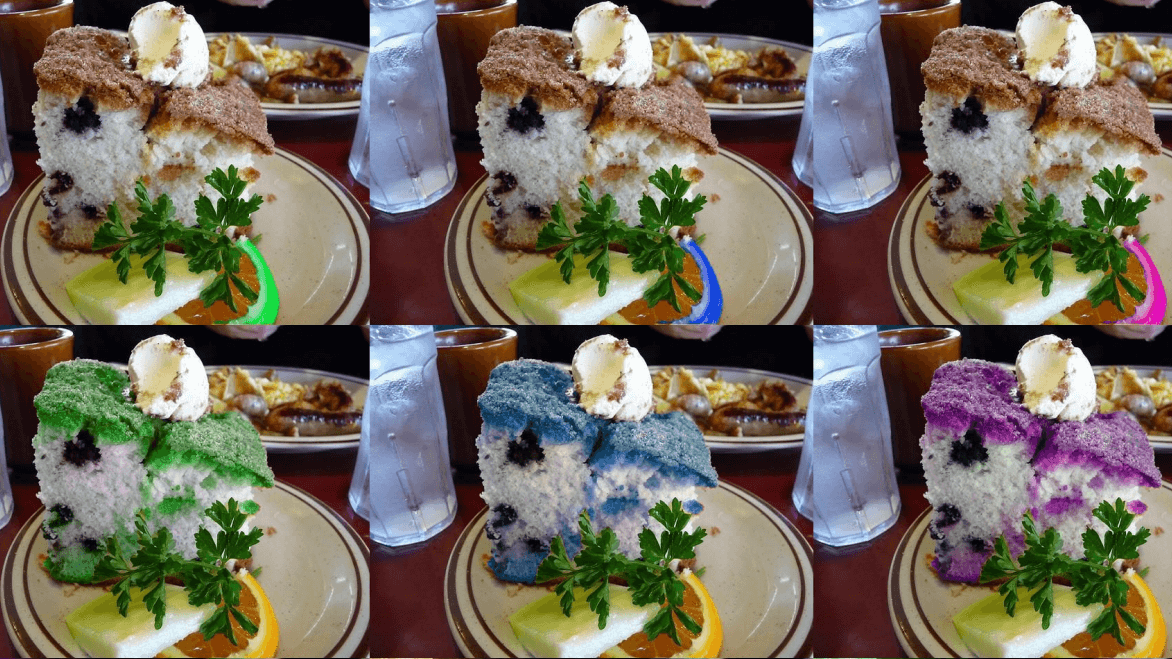And what this means for the future of AI-controlled vehicles.

Ahead of its much-anticipated but delayed robotaxi event, scheduled for October 10, 2024, in California, Tesla recently filed the patent for a novel wireless charging technology for its upcoming robotaxi, according to a leaked tweet on X.
This new development will enable electronic taxis to charge via wireless charging pads. The goal is to dispense with human intervention entirely, and scale Tesla’s self-driving technology to a wide market globally. The service will also aim to make Tesla drivers add their vehicles into the cab fleet.
How Does it Work?
With its patents, Tesla promises several state-of-the-art features. For one, temperature sensors would be part of the charging mat to increase safety and prevent overheating. Secondly, it would include a shorting switch to reduce energy loss through ground leakage.
Also, for parameter estimation, the algorithm uses real time data to adjust the charging parameters to suit different vehicle models, battery states, and environmental conditions. The design and manufacturing of the charging circuits are done in a way that reduces the size and cost of the charging pad.
Tesla vs the World
Tesla’s Robotaxi competes with General Motors’ Cruise, Amazon’s Zoox and Alphabet’s Waymo for a market share that could reportedly be around $5 trillion. Currently, Tesla uses Tesla Vision for autonomous vehicles while Waymo and other self-driving cars focus on LiDAR (light detection and ranging). This means that Tesla has employed only cameras to reach autonomy, instead of leveraging cameras, radar and LiDAR.
Waymo currently operates in San Francisco, Phoenix, and Los Angeles. Zoox is also building autonomous vehicles and is operational in certain cities in the US. Baidu’s robotaxis are spread across four cities in China, including Wuhan, Beijing, Shanghai and Chongqing.
“In the self-driving space many people think that Waymo is ahead of Tesla. I personally feel
Tesla is ahead of Waymo and I know it doesn’t look like that,” said former Tesla and OpenAI chief scientist Andrej Karpathy, adding that he is still bullish on Tesla and its self-driving program.
“I think Tesla has a software problem, and Waymo has a hardware problem—that’s the way I put it,” said Karpathy.
Further, he said that software problems are much easier to solve. “Tesla has deployed all these cars on Earth at scale, and Waymo needs to get there. So, the moment Tesla reaches the point where they can actually deploy this technology and it works, I think it’s going to be really incredible,” he added.
The Future is Autonomous
The value of robotaxis in Tesla’s growth arc is huge, and is Musk’s biggest promise yet. Robotaxis is already said to be worth over $400 billion of Tesla’s stock value. With the design yet to be made public, there was an illustration of an early robotaxi prototype in the biography of Musk written by Walter Isaacson in 2023.
The delay is courtesy of key design changes and production issues.
“No mirrors, no pedals, no steering wheel. This is me taking responsibility for this decision. This vehicle must be designed as a clean Robotaxi. We are going to take that risk. It’s my fault if it f***s up. But we are not going to design some sort of amphibian frog that’s a halfway car. We are all in on autonomy,” said Musk, while edging investors and the public with the upcoming launch.
Aditi Suresh
Aditi is a political science graduate, and is interested in technology, AI, social media, and online culture.
Subscribe to The Belamy: Our Weekly Newsletter
Biggest AI stories, delivered to your inbox every week.
Rising 2024 | DE&I in Tech Summit
April 4 and 5, 2024 | 📍 Hilton Convention Center, Manyata Tech Park, Bangalore
Data Engineering Summit 2024
May 30 and 31, 2024 | 📍 Bangalore, India
26 July 2024 | 583 Park Avenue, New York
MachineCon GCC Summit 2024
June 28 2024 | 📍Bangalore, India
Nov 21-22 2024 | 📍Santa Clara Convention Center, California, USA
September 25-27, 2024 | 📍Bangalore, India
![]()
Our Discord Community for AI Ecosystem, In collaboration with NVIDIA.

 7 months ago
98
7 months ago
98









